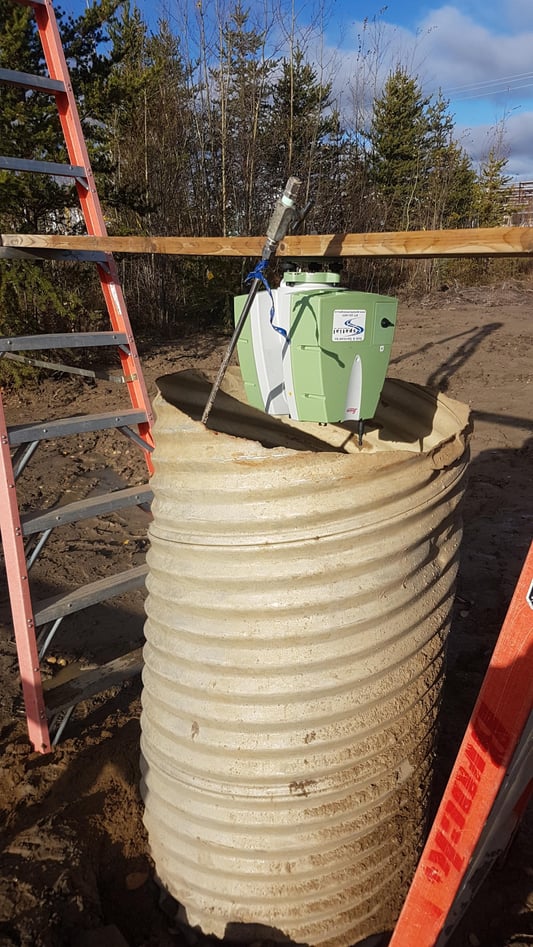As operating plants age, facility owners need new ways to maintain their facilities, make upgrades for efficiency, and handle increased production. At Allnorth, we are taking an innovative approach to these types of modernization and maintenance projects by using 3D laser scanning technology. As early adopters of 3D scanning technology, we have developed systems and workflows that help drive process efficiencies for our design and engineering teams that our clients benefit from.
Each project, large or small, can be broken into four basic steps. While each step will have its own subset of tasks, the following systematic approach offers a high-level overview of the process we use to properly execute a project involving 3D scanning:
- Project preparation – We prepare our field technicians with all the information needed before mobilizing to site
- Field work— Our field technicians collect the data required to execute the project scope.
- Data registration – The field technician who performed the field work prepares the data for project use.
- Project work and deliverables – Using the 3D scan data as the backbone of the project, and solid models to show all necessary changes, we create a realistic model or digital twin of the project.
Using this proven process, our skilled team of 3D scanning technicians and design specialists can confidently take on any project no matter the size, location, or obstacles involved.
The Benefits of Incorporating 3D Scanning into Your Next Project
Depending on your project needs, there are several potential benefits that 3D scanning technology can offer. First, the process of 3D scanning in an operating plant or other work environment is relatively benign compared to older measuring techniques, which inherently helps improve project safety. 3D scanning also helps account for project variables and data versatility. For example, for brownfield projects where equipment needs to be replaced or added, there are often quite a few variables that need to be taken into consideration. In these cases, we can use the 3D scan data to collaboratively explore multiple possible solutions for projects with our clients by quickly mocking-up and sharing suggested designs.

An example of our team using 3D scanning to safely inspect inside a culvert that was protecting a buried piping tie-in connection for future use. The 3D scan allowed us to accurately measure and locate the pipe so a connection could be designed.
Additionally, with 3D scan data, we can help improve overall project efficiency in multiple ways. First, we can use the scans to eliminate the tedious and costly process of reviewing and updating drawings from site to create the necessary reference data. We can also use the scan data to quickly adapt to project or process requirement changes mid-stream. This is because with the scan data, we can typically make any necessary adjustments without returning to site to collect additional data, allowing us to stay on track with minimal impact to overall schedule and budget.
In short, using 3D laser scanning, field data can quickly and easily be collected near operating equipment, in areas that are unsafe or difficult to access, or where conventional field measurement is otherwise not possible. Using 3D scanning also minimizes the field time required to collect data and will ensure that all necessary data is collected the first time – eliminating the need for repeat site visits.
Learn more about 3D scanning technology and Allnorth’s proven approach to using it for a variety of applications by downloading our whitepaper, Gaining Project Efficiencies with 3D Scanning.


